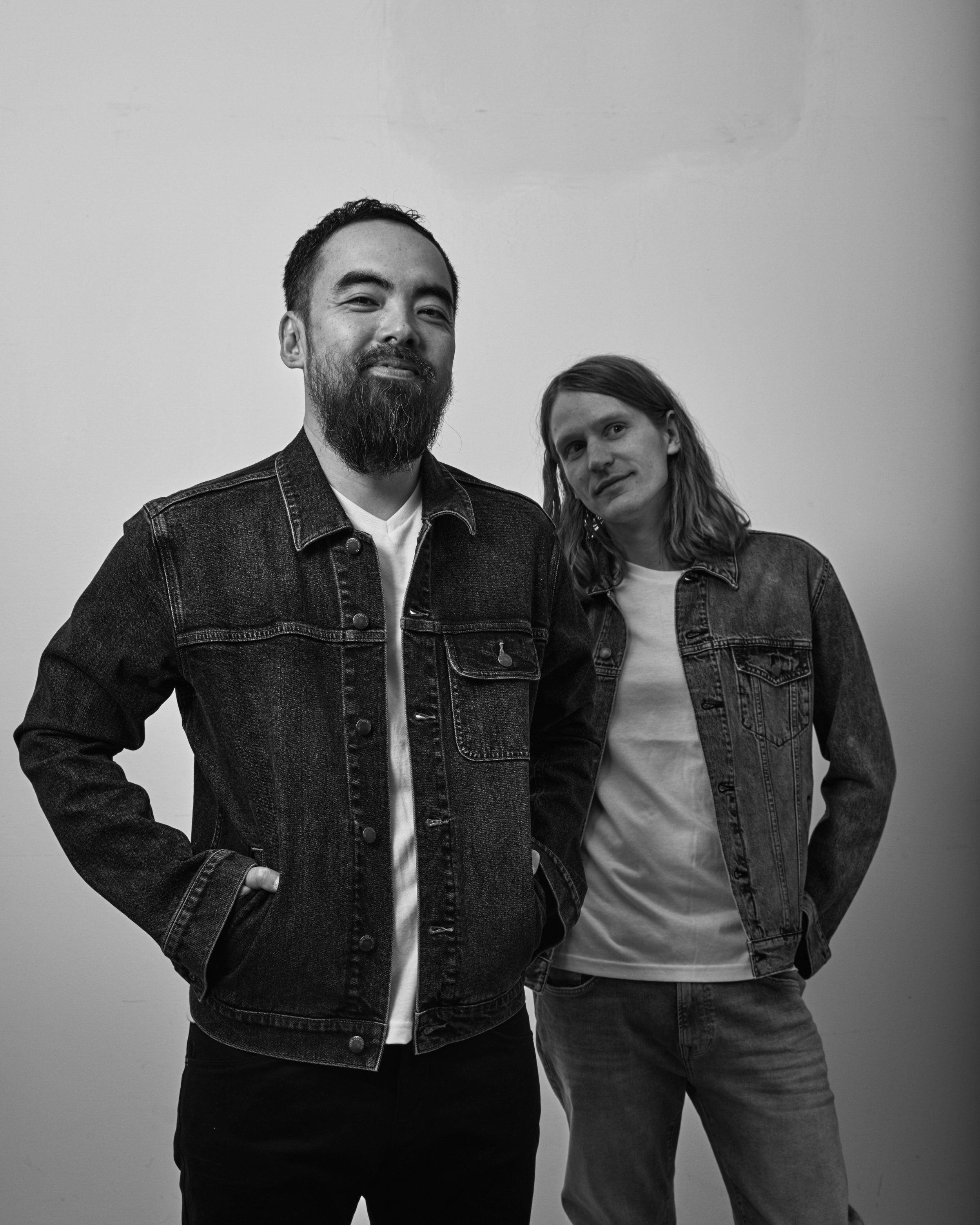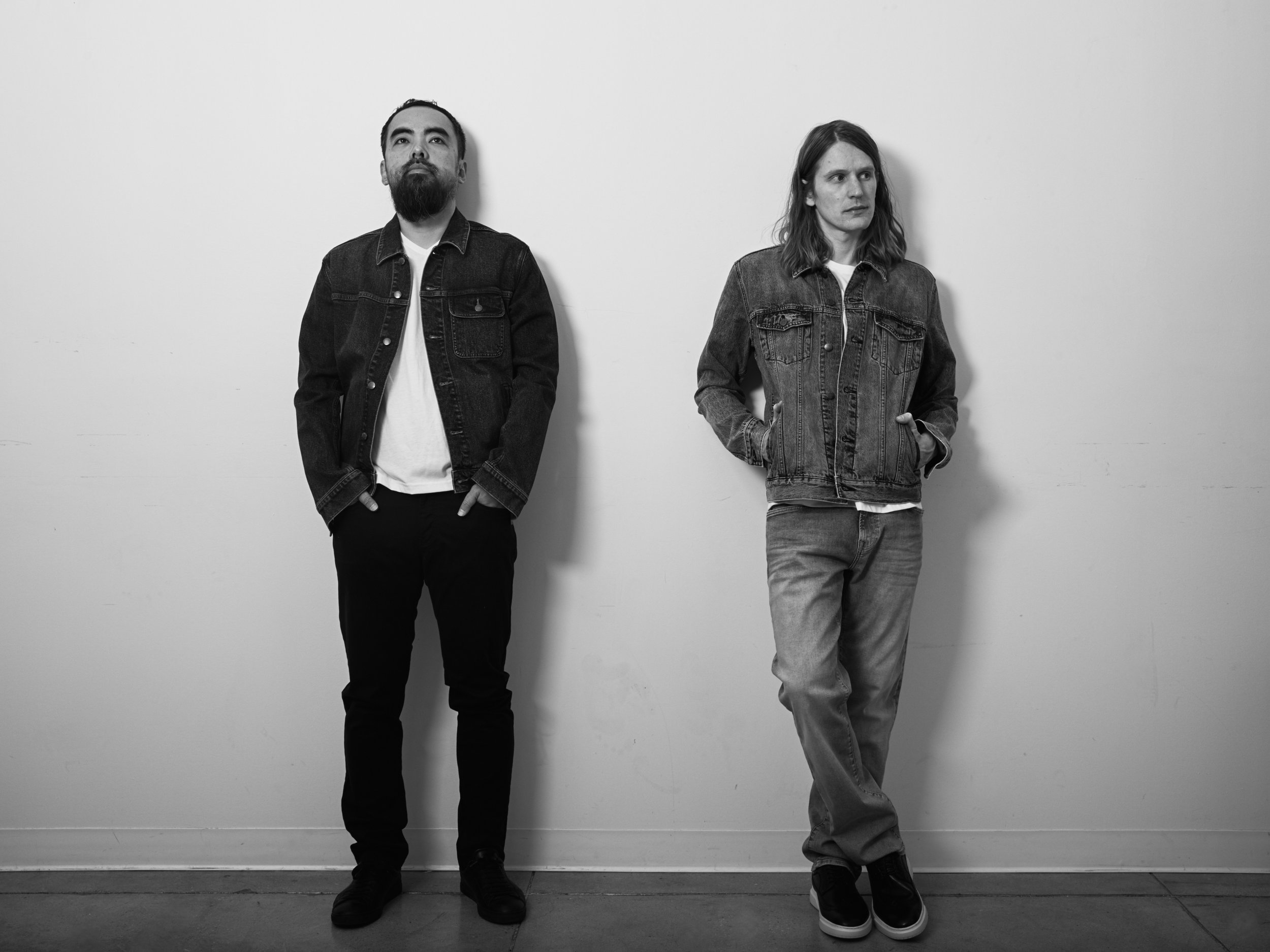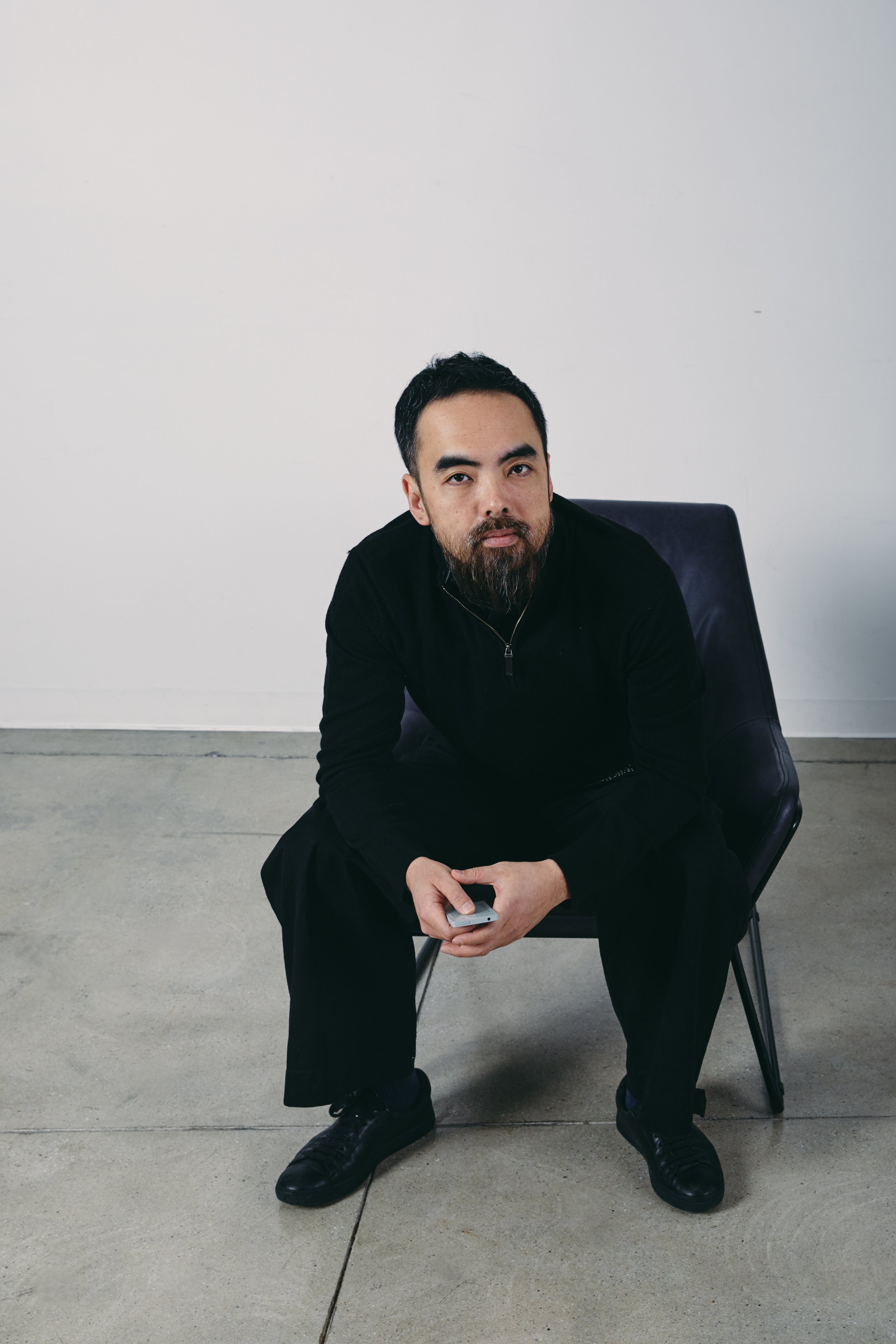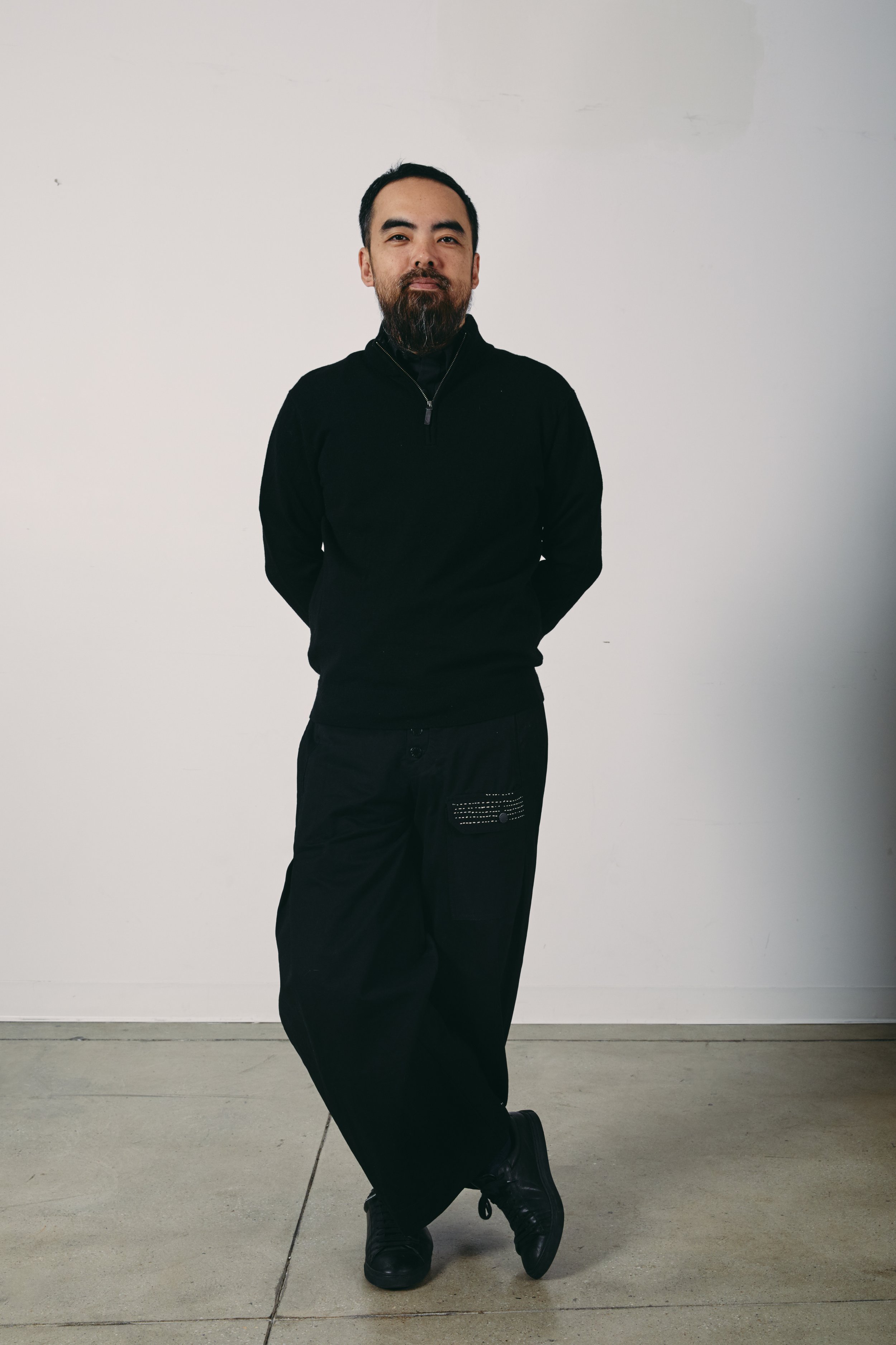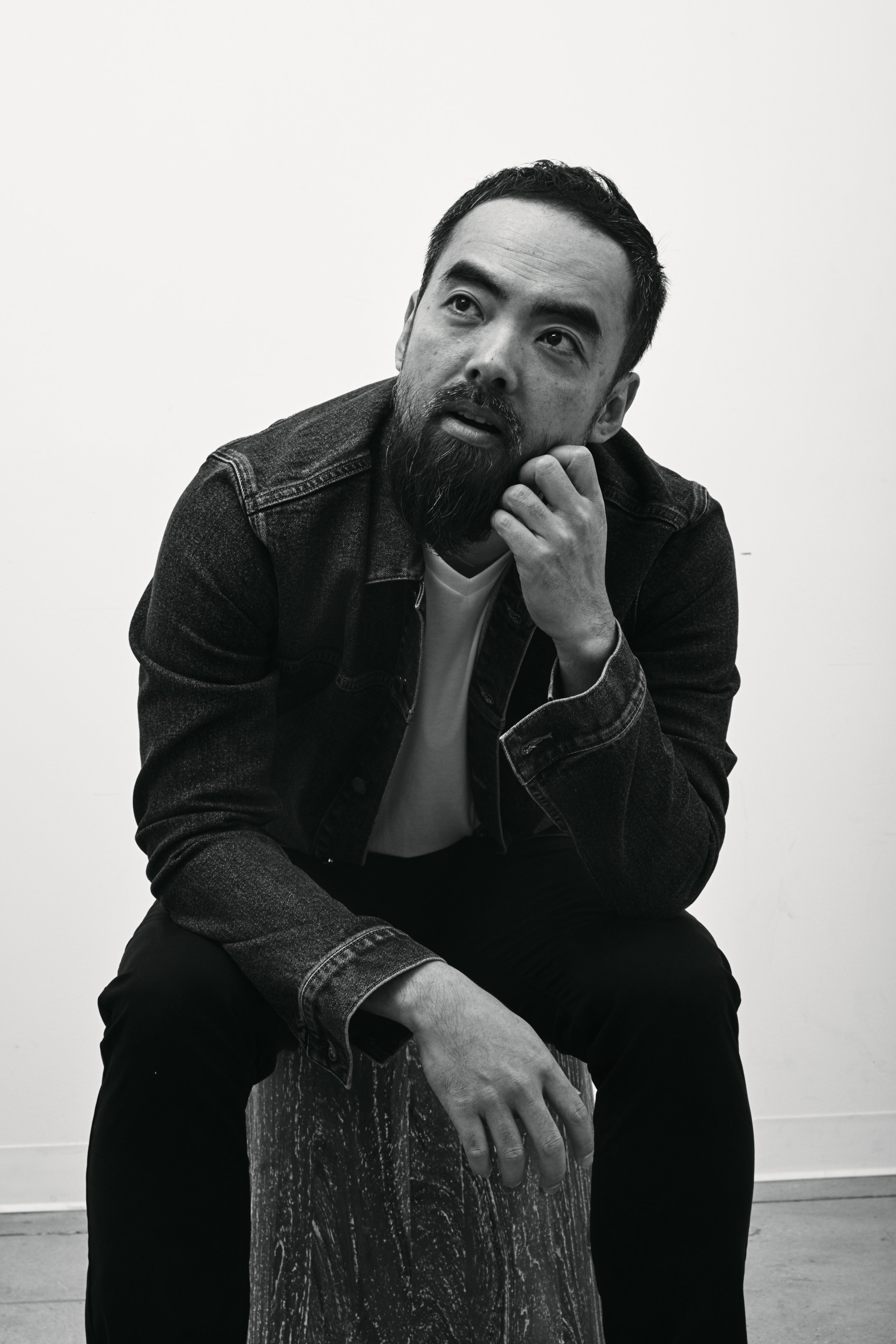Kaiwei Tang and Joe Hollier on Launching Light Phone
WITH KAIWEI TANG AND JOE HOLLIER
Your phone buzzes in your pocket, you hear a ping, and we all know that sinking feeling that follows next.
Photography, Julio Nuno
Words, Caleb Church In Conversation with Kaiwei Tang and Joe Hollier
VIEW GALLERY
In a world where not just time, but our attention is our most precious asset, we’ve found ourselves caught fighting for it. Between work, friends, family, and the many demands of life, the need to turn off has become an absolute necessity. Kaiwei Tang and Joe Hollier, the founders of the Light Phone are helping make this need a reality to accomplish.
The journey started back in 2006 when they crossed paths at a Google incubator geared toward designers. Kai had been designing phones for Motorola, and Blackberry, while Joe came from a more artistic background – moving to the city to study at the School of Visual Arts.
After being accepted, they both quickly realized that the objective of the program was to design apps. While the consensus view of new app design is to help make the lives of its consumers easier, Kai and Joe were ready to challenge what it meant. When asked, they posed the thought with a question: Could any new smartphone app that someone might spend an extra hour with a day possibly make someone's life better? The answer was found right under their noses in the conversations around them. General issues highlighted fatigue, or the need to “get away from it all”.
With these discussions in mind, they decided to leave the program to create a different kind of experience – one that puts the emphasis back on serving you.
We are fully aware we are asking people to do something that's foreign and inconvenient. Sometimes, you're breaking up your habit or addiction, and it’s not going to be easy.
Light Phone was born; with only the necessary functions like call, text and notes. The results went far beyond decreased anxiety. Adopters of the phone found themselves conquering more in their lives than they expected, feeling more fulfilled and connected to those around them – all while using their phones less.
CC: In your own words, how would you describe ping anxiety?
JH: Remember when there was only one computer in the house and the internet lived, you know, you had to shut off the phone. You could only go on sitting in this one chair and once you left that chair, you put up an away message or something. Now, you know, I'd be with my girlfriend at the beach or something and go to change a song and I’m like, “oh, man, I saw this email from a client.” Now, I'm all anxious and stressed out. There's nothing I can even do about it.
I'm on the beach and I think “Hey, let's give people an option.” Not necessarily saying that you need to ditch the internet forever, but we wanted to know if we could create these times we branded “going light” where you can unplug and put up our own sort of away message. We started testing that hypothesis by giving a few dozen people flip phones, either for an afternoon or weekend. It was pretty amazing to see that everyone talked about how it was the most refreshing weekend and that they felt so productive coming back to work.
When we looked at the flip phones, I think the one really interesting thing we learned was that no one was actually using the phone. It's just kind of, you know, just there for the peace of mind that you have a phone. But really, the value of the experience was not having a phone. When we started building the Light Phone, it really started from this kind of designed-to-be-used-as-little-as-possible philosophy.
CC: Would you say that smartphones really are an addiction, or do you feel like there are other factors that lead to them being addictive for some people?
KT: It's engineered addiction. A lot of people deny it or don't think it's that bad but I do think it's really bad. The one piece of feedback we're getting from customers is that when they leave their smartphone at home and go out, they have this massive anxiety hit them right away. They feel like they don't know where to touch, where to look, whether to make eye contact or not. It’s easy to feel that anxiety; your handshaking, you want to touch something. That's addiction. We've been trying to share the benefits users report when they go Light. They actually sleep better. They read more books, and they spend more time with their kids. It's a pretty big crisis that we're facing as a society, not just from the addiction point of view, but also, how this divides us as human beings.
JH: It's both the hardware and the software. The smartphone touchscreen is inherently mesmerizing. When I grew up, that didn't even exist as technology, and being able to zoom and swipe and scroll, you know, it's a very colorful bright thing. Then everything under the screen is engineered in free engineering perpetually getting better and more optimized. As Kai was saying, these algorithms are so good at finding what your vulnerability is and we all have one whether it gets denied. The feed will see what you react to and keep showing you more of it. Unfortunately, it tends to realize that showing negative things gets more of a reaction so it almost becomes a vicious cycle for a lot of people.
THE LOOK
Brilliant Wide-Leg Trousers, FRIED RICE NYC; Quarter-Zip Sweater, UNTUCKit
CC: How has going Light impacted your personal lives?
JH: We are fully aware we are asking people to do something that's foreign and inconvenient. Sometimes, you're breaking up your habit or addiction, and it’s not going to be easy. It’s not something that you just swallow a pill and everything is fixed. With Light Phone, you become more competent, you're less anxious. You need to put in work.
For me, time is maybe the most universal thing. The screen time was a real awakening for people. On average, people are spending four hours a day but some of our users mentioned coming from eight hours a day of smartphone use. If you multiply that by seven days a week and a year you know, you're getting a significant chunk of time that can be applied to all sorts of things like learning piano, taking more classes and reading books. Time is one for me.
KT: I feel calmer when we actually start using Light phone for the time. We've taken away social media from you. You're not thinking about getting likes, getting approved or endorsed by anyone. With Light Phone, I believe you're more sure about yourself.
20 years ago, I made the first Motorola Razor back in days. I'm not trying to go back, we're trying to actually step forward – meaning that we have 15 years of massive information overload on a smartphone, and we stopped thinking about who we are, we stopped thinking about how to use these tools, and we’re just autopilot, everything. And now is the time to actually choose what makes sense, and to actually understand what social media is trying to do.
CC: What design principles have guided you on your journey to reverse engineer our addiction?
JH: With the Light Phone 2, especially, we added a touchscreen and more features. The original Light Phone was only for phone calls, and it was really just intended to be a secondary device to use on a weekend or on vacation.
With the Light Phone 2, we open up the door to more functionality. One of our design decisions was the small form factor in the E Ink screen. It's basically the same kind of screen you'd see on an e-reader or Kindle. It's a black and white screen, and it's matte. You can see it in direct sunlight, and there's no backlight that is proven to stimulate us and keep us awake. So it's great in that way but actually very limited in the sense that you'd never really be able to consume a lot of information fast, it's a much slower screen. Even sending a text message, you actually probably have to slow down from how most people type on a smartphone at lightning speed.
That's all around this kind of intentionality that Kai mentioned. From the software side, we've set hard red lines of what the Light phone will never have. That's any sort of infinite feed, whether it's news or social media, or an ad-driven feed in that way. There will never be an internet browser. There's never going to be an e-mail application. We're continuing to add things like directions, calculators, a notepad voice memo tool, and more utility. For example our music player, it's a very simple music player. It's not around the discovery of music. You preload the songs that you want to listen to.
KT: What the YouTube or Facebook algorithm is trying to accomplish is not serving you, it’s trying to make more money by feeding you information to collect your data. I think a lot of people realize that and then there's a step forward. I just want to be able to play music when I'm trying to calm down. On a map, I don't need all the placement of business information, I just want to get from A to B. We would be happy to create more tools that just do this one thing. More hammers, more screwdrivers, and more Swiss Army Knife tools inside this little phone.
we're not creating the most private devices with all the new encryption tech, but at the same time, the Light Phone is inherently more secure Than The Smart Phone.
CC: Has increasing privacy concerns added greatly to the movement to go Light?
JH: There's definitely a sector of privacy-focused users. I wouldn't say it's our largest. I think privacy for a lot of our users is maybe a second or third reason they might have the Light phone.
KT: Well, to be honest about it, we're not creating the most private devices with all the new encryption tech, but at the same time, the Light Phone is inherently more secure. We don't collect personal data. We don't have social media. So it's inherently more secure.
JH: Light Phone pays a fee for every time someone gets directions because we're not allowing anyone to have user data. Often, the trade-off for the smartphone is that it's free. It's free, but you're paying with your data. For Light Phone, we're saying, “Yeah, this phone does very little, and it costs $300. But it's a tool.” It's a very honest tool at that. We're not collecting any data, we're gonna get you directions. That's what you paid for when you bought the phone. Right?
CC: What’s been the biggest moments for Light Phone since you launched?
JH: I would say the biggest moments for me have been hearing from users, especially after the one and two-year mark when people truly have had enough time with the phone to see the full life change.
KT: The users' feedback is definitely the most encouraging thing. I will never forget, a couple of months ago, getting these written letters. We even got one from a 10-year-old girl, thanking us because she enjoys her lifestyle and how it's helping. It is like so rare for someone to actually take the time to write down a physical piece of paper and send it out and thank you.
JH: The Light Phone really crosses different boundaries of age, demographics, political feelings and geography. It's inspiring because there are so few things that feel universal today.
The Light Phone really crosses different boundaries of age, demographics, political feelings and geography. It's inspiring because there are so few things that feel universal today.

